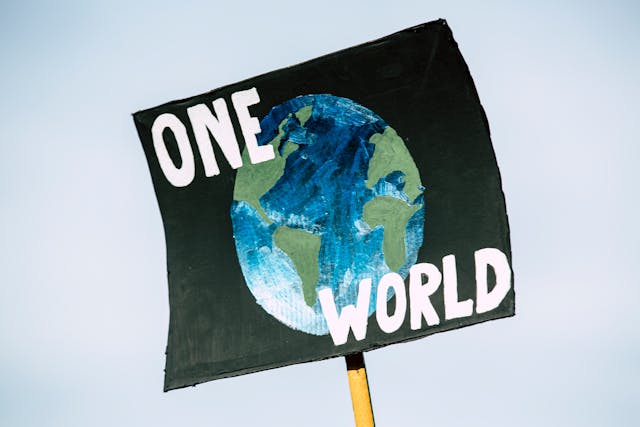Inspired by a friend and former colleague who’s passionately working to protect a local green space from developers, this blog is a call to action for all of us to do our part in preserving nature for future generations. Together, we can safeguard these vital spaces that breathe life into our world and offer a legacy of sustainability.
The planet we call home is under siege, but not by any external enemy – it’s us. Over the last century, the rising temperatures, deforestation, and climate change have been results of human activity, marking our journey towards self-destruction. We’ve known about the growing environmental crisis for decades, but it’s only in the past 50 years that we’ve recognized the urgent need to make changes. The planet’s green spaces and trees, which are crucial for maintaining balance, have been disappearing at an alarming rate, contributing to the rise in global temperatures and threatening the Earth’s natural ecosystems. But it’s not too late to act. Saving green spaces and planting trees are vital steps in reducing harm to the planet, and it’s something we can all participate in.
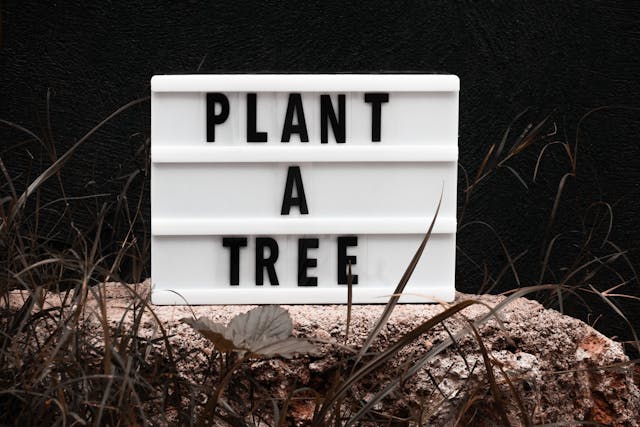
A History of Climate Concern
The warning signs were apparent as early as the 19th century when scientists began connecting greenhouse gases to the warming planet. However, it wasn’t until the 1970s that the environmental movement gained real traction. The first Earth Day in 1970 marked a significant turning point in environmental activism, with millions demanding action. Around the same time, research on rising CO2 levels, pollution, and deforestation started to come into the public eye, making it clear that human activities were driving climate change. Despite awareness, action has been slow. Influential figures like Rachel Carson, whose book Silent Spring helped ignite the environmental movement, or more recently, activists like Greta Thunberg, have inspired global movements to combat environmental destruction. Dr. Wangari Maathai, the first African woman to win a Nobel Peace Prize, founded the Green Belt Movement in Kenya in 1977, planting over 51 million trees and championing the link between environmental preservation and human rights. Similarly, organizations like Greenpeace and the World Wildlife Fund (WWF) have been critical in pushing for international climate agreements and raising awareness of the damage caused by deforestation.
Governments too are beginning to take responsibility too, with initiatives like the Paris Agreement aiming to limit global temperature rise to below 2 degrees Celsius. However, this battle isn’t just for governments and activists—it’s something we all need to engage in. Their voices remind us that the fight for the planet is ongoing, and more work is needed.
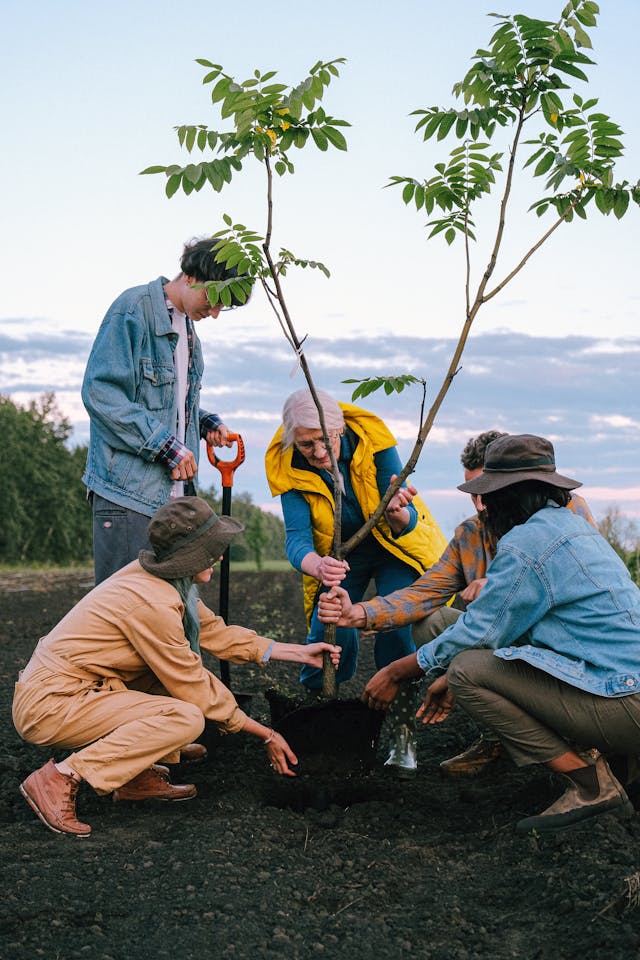
Why Green Spaces Matter
Green spaces, such as forests, parks, and nature reserves, are not just places of beauty or recreation. They are essential ecosystems that support wildlife, improve air quality, and regulate temperatures. Trees act as carbon sinks, absorbing CO2 from the atmosphere and releasing oxygen, which helps mitigate the greenhouse effect. Forests also play a critical role in preserving biodiversity and protecting against soil erosion. Studies have shown that deforestation increases carbon emissions and accelerates global warming. Every tree cut down contributes to the rise in global temperatures, making it vital to preserve and expand our green spaces. Without them, our planet’s ability to cope with rising temperatures diminishes, and the effects of climate change worsen.
Planting Trees: A Global Responsibility
Whose responsibility is it to safeguard these natural treasures? While governments and corporations certainly bear a significant share of the blame for environmental degradation, the responsibility doesn’t lie solely with them. Every individual, no matter how small their action may seem, has a role to play. From local community tree-planting initiatives to supporting reforestation projects worldwide, the power to make a difference is in our hands. Governments, businesses, and environmental organizations have a duty to lead the way, but they need collective support. The average person can start by planting trees, protecting local green spaces, and advocating for environmental policies.
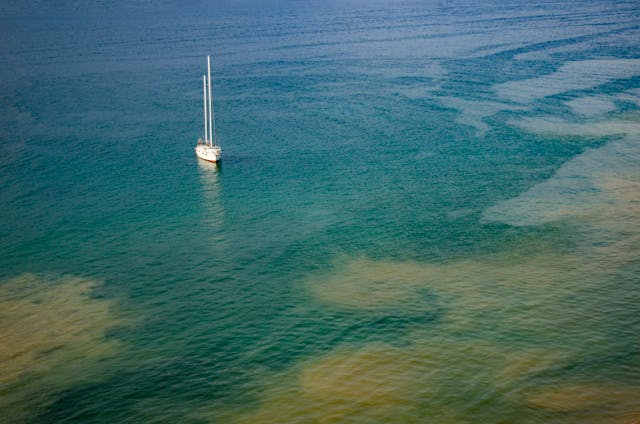
Other Environmental Allies: Phytoplankton and the Oceans
It’s not just the land that needs protection – the oceans play a vital role in regulating the climate as well. Phytoplankton, tiny oceanic plants, absorb vast amounts of CO2, playing a significant role in the Earth’s carbon cycle. They are responsible for producing about 50% of the world’s oxygen, making them as crucial as trees in maintaining the balance of life on Earth. However, increasing ocean temperatures and pollution threaten phytoplankton populations, diminishing their capacity to absorb CO2. Protecting our oceans is, therefore, just as important as preserving forests when it comes to combating climate change. Actions such as reducing plastic waste, supporting marine conservation efforts, and decreasing fossil fuel use can help safeguard these vital organisms.
Areas of Concern and Urgent Action
Certain geographical regions are facing more intense environmental challenges than others. The Amazon rainforest, often referred to as the “lungs of the Earth,” is a critical region under threat. Deforestation in the Amazon has reached unprecedented levels, endangering its ability to absorb CO2 and maintain biodiversity. Similarly, in Southeast Asia, palm oil plantations are wiping out vast areas of forest, contributing to habitat loss and rising temperatures. Urbanization and industrial expansion in areas like Sub-Saharan Africa and parts of India are also contributing to a reduction in green spaces, worsening air quality and increasing local temperatures. Meanwhile, small island nations face the unique threat of rising sea levels, which not only erodes land but also affects their limited green spaces. These areas of concern remind us that climate change affects everyone, but some regions are more vulnerable than others.
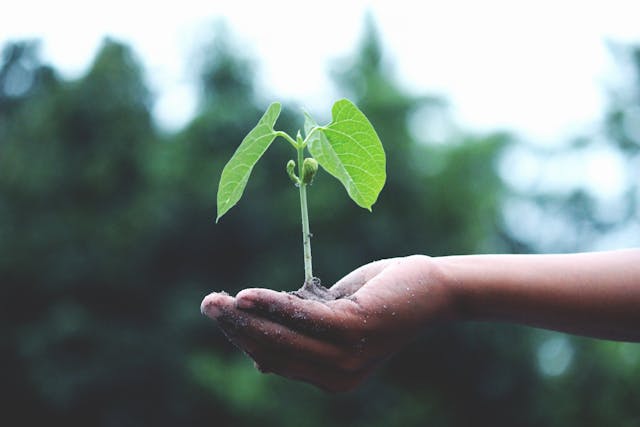
How We Can All Make a Difference
It may seem overwhelming, but each one of us can make a difference. Start by planting trees in your community, supporting local conservation groups, or advocating for the protection of green spaces. Reducing your carbon footprint through lifestyle changes, such as using renewable energy, cutting down on waste, and choosing sustainable products, also helps. It’s crucial to educate ourselves and others about the importance of preserving our planet. The planet’s future depends on collective action, and we all have a role to play. Whether it’s through small everyday decisions or larger advocacy efforts, each step brings us closer to a healthier planet.
A Hopeful Future
While the damage humans have done to the environment is significant, there is hope. Reforestation projects are gaining momentum, and people are becoming more aware of their impact on the environment. Initiatives like the Bonn Challenge, which aims to restore 150 million hectares of deforested land by 2030, show that global action is possible. Environmental heroes, from indigenous communities to young activists, continue to lead the charge, reminding us that change is not only necessary but achievable. By saving green spaces, planting trees, and supporting the planet’s natural allies like phytoplankton, we can help heal the Earth and ensure a liveable future for generations to come.
Love Life x
References
- Carson, R. (1962). Silent Spring. Houghton Mifflin Harcourt.
- BBC. (2019). Climate Change: A Brief History. https://www.bbc.com/news/science-environment-46384067
- National Geographic. (2020). Deforestation and Its Effect on Climate. https://www.nationalgeographic.com/environment/article/deforestation

